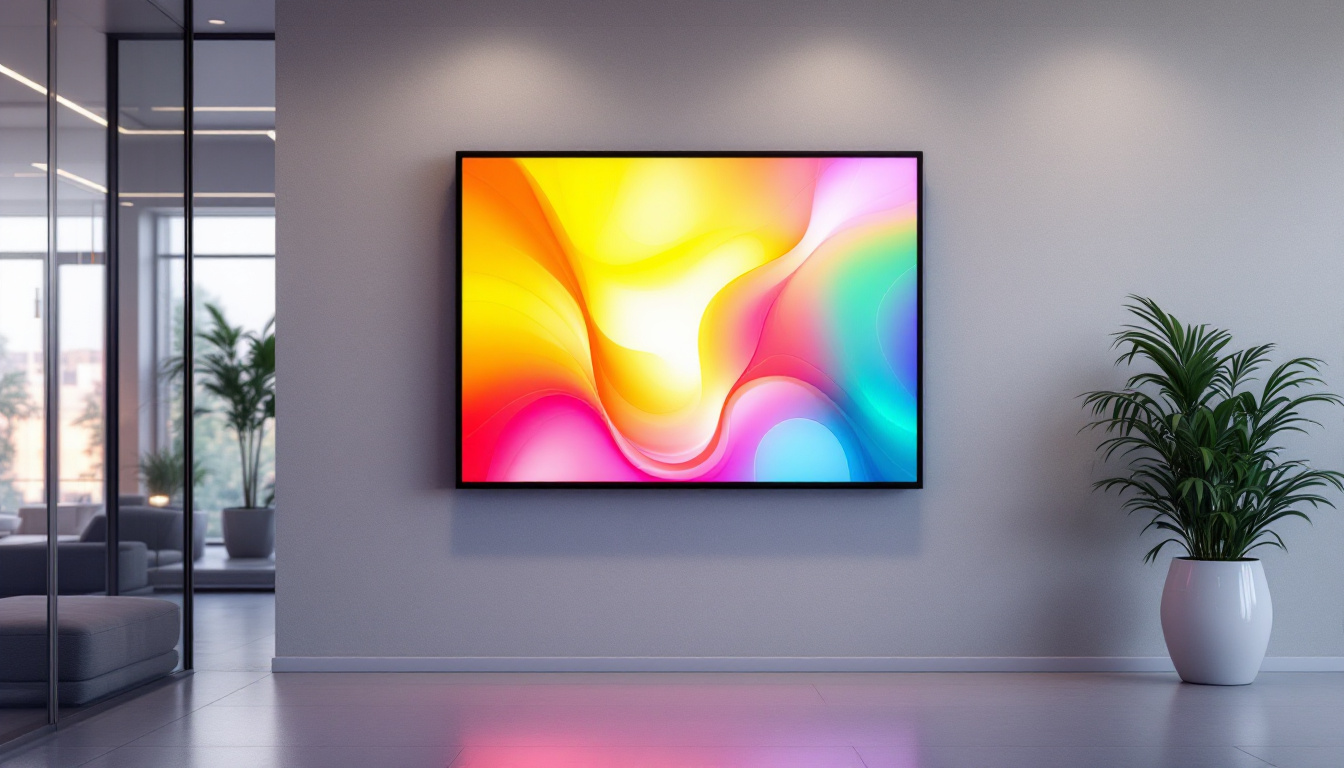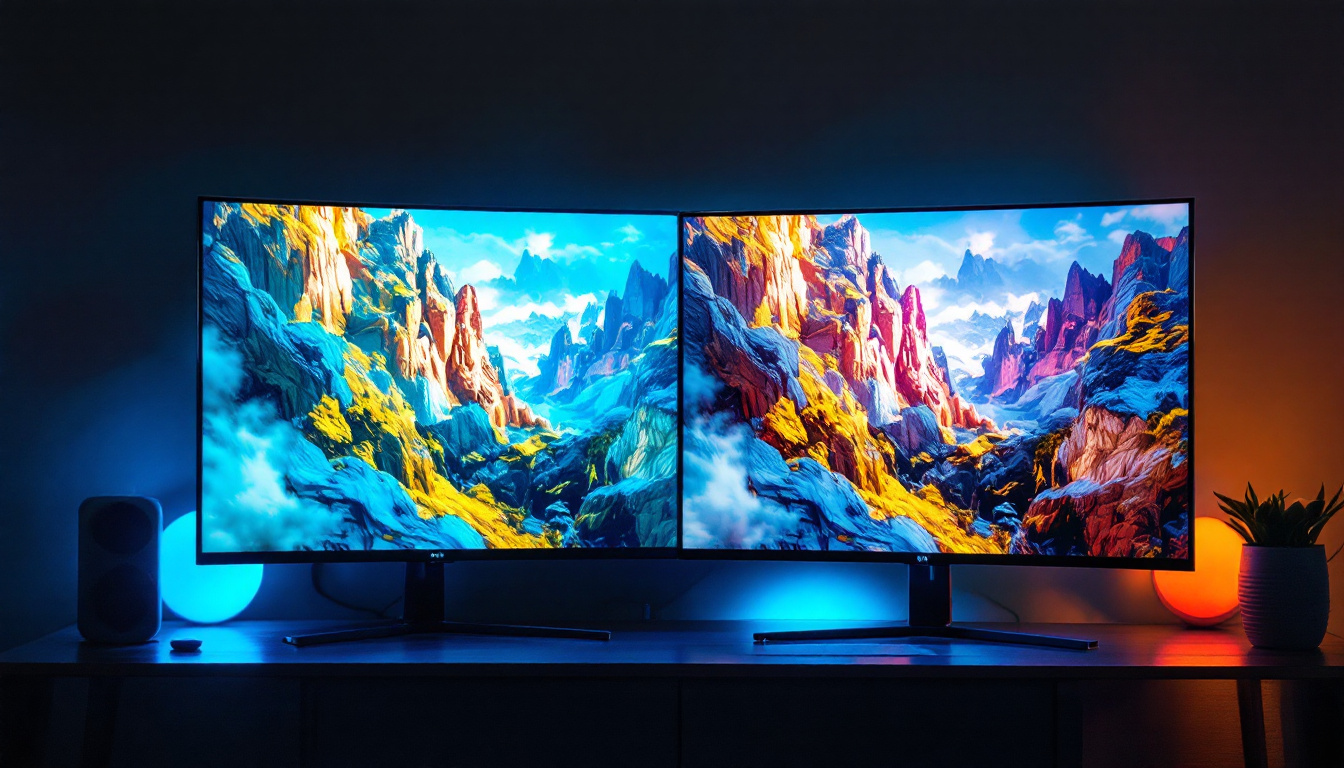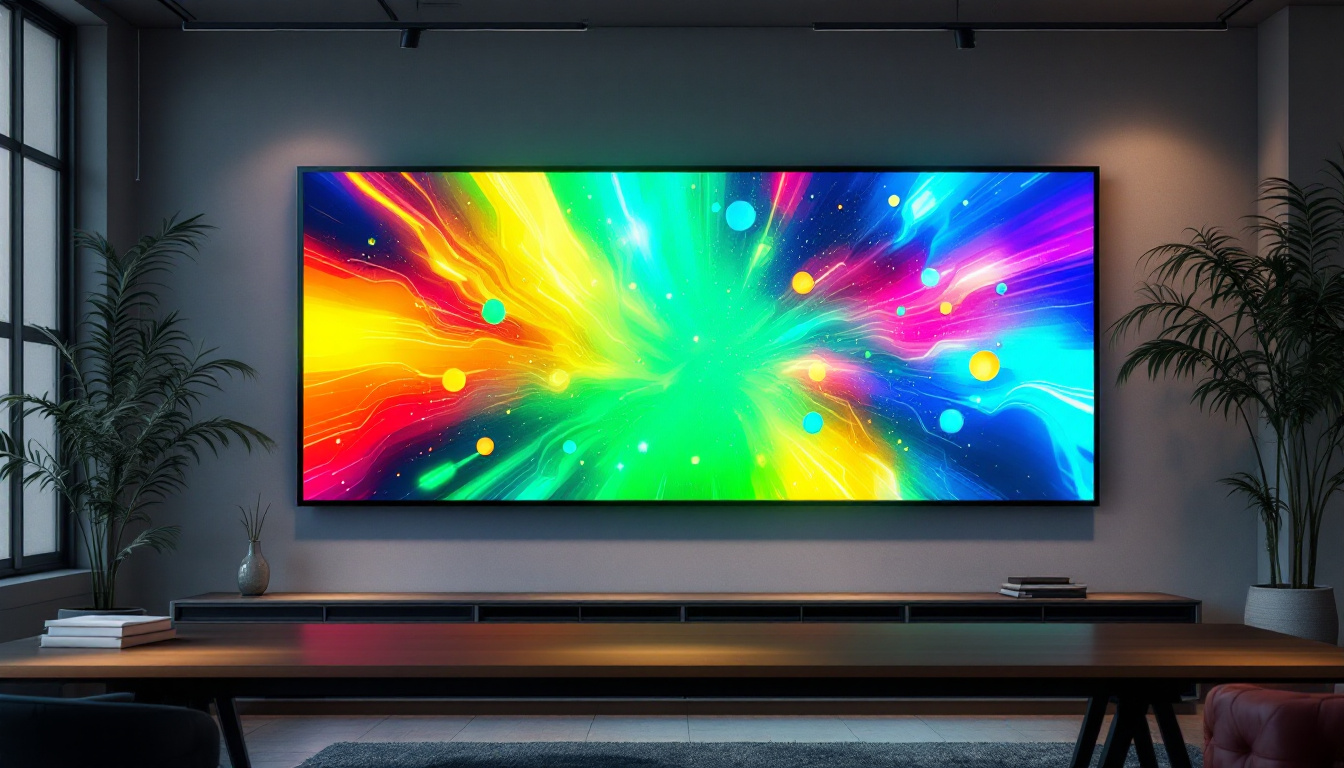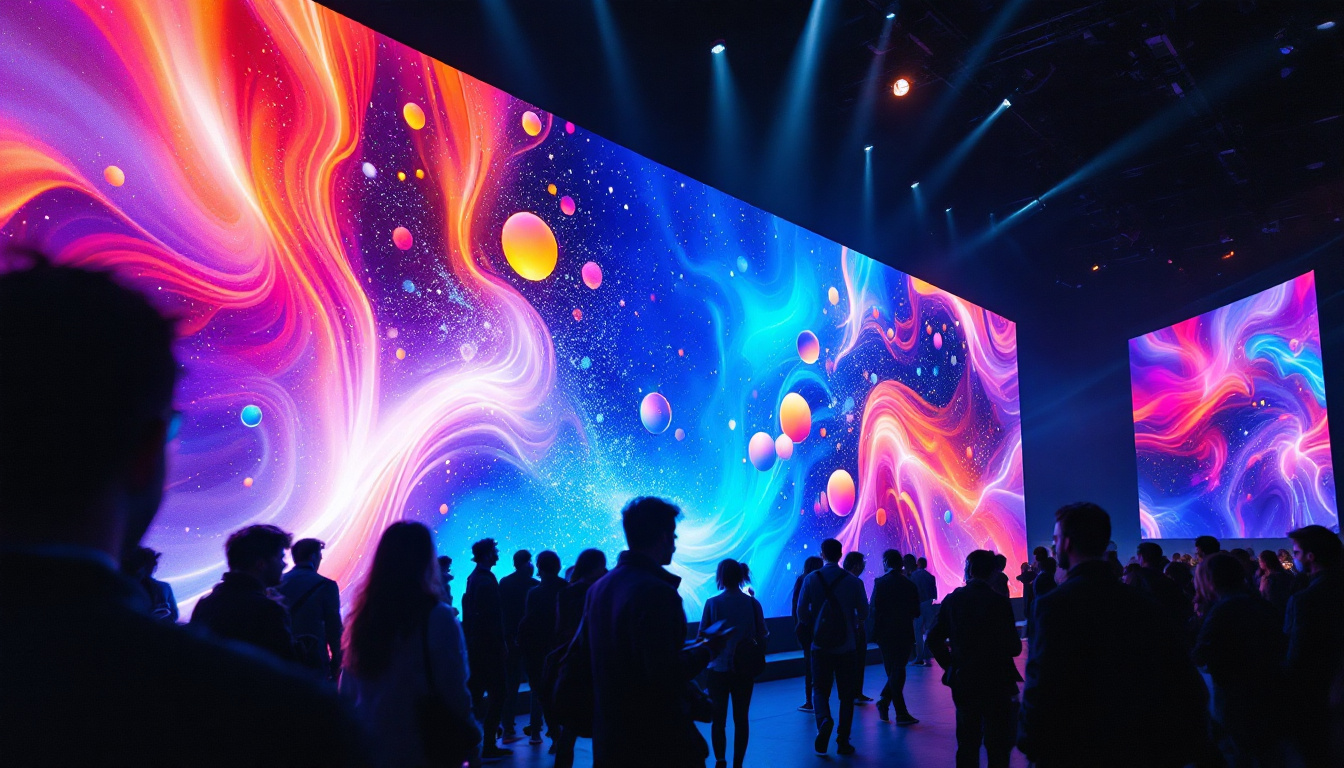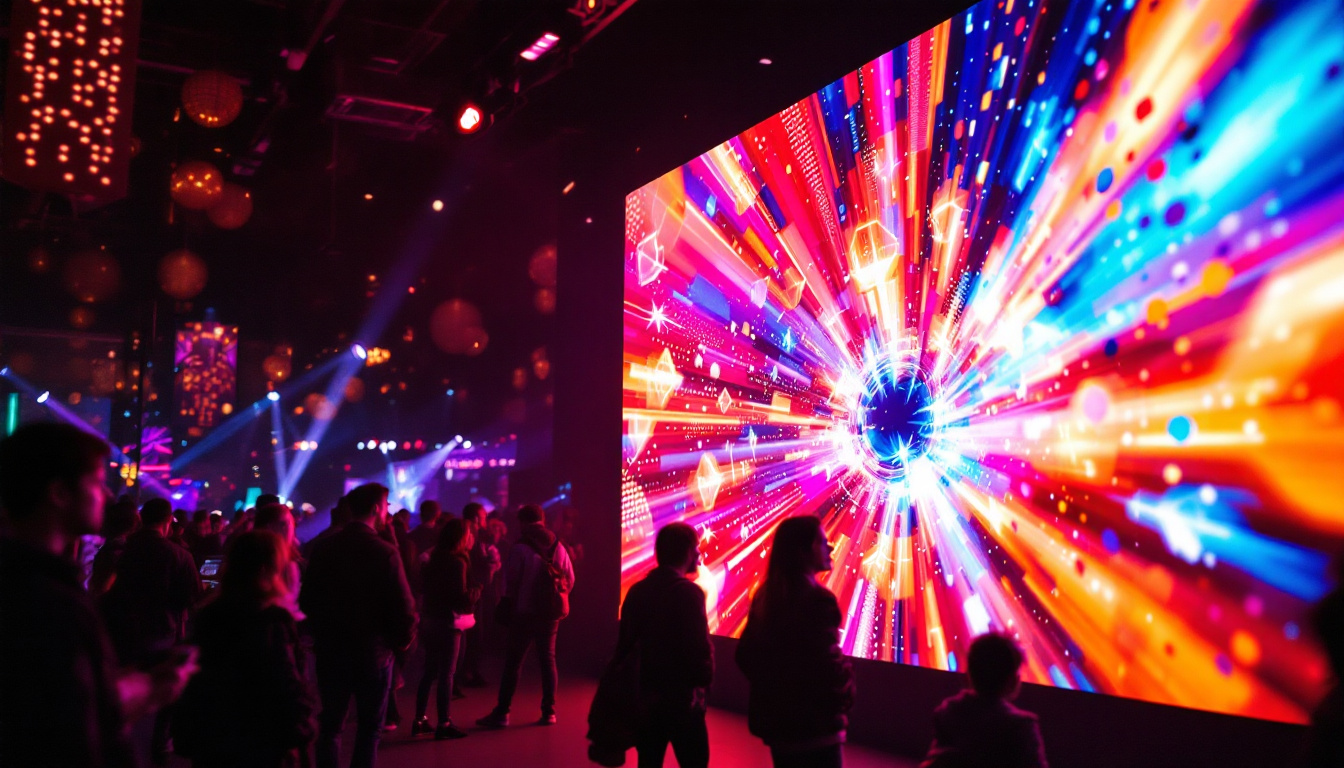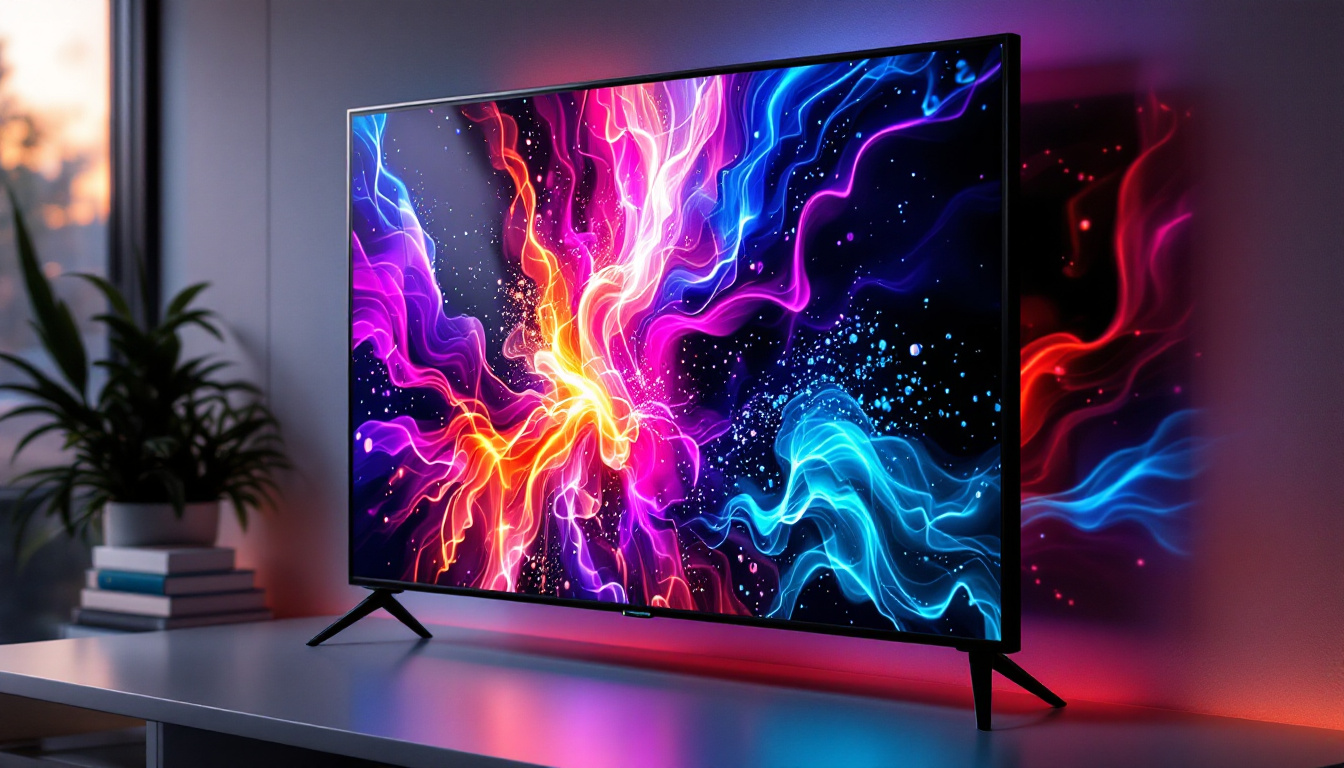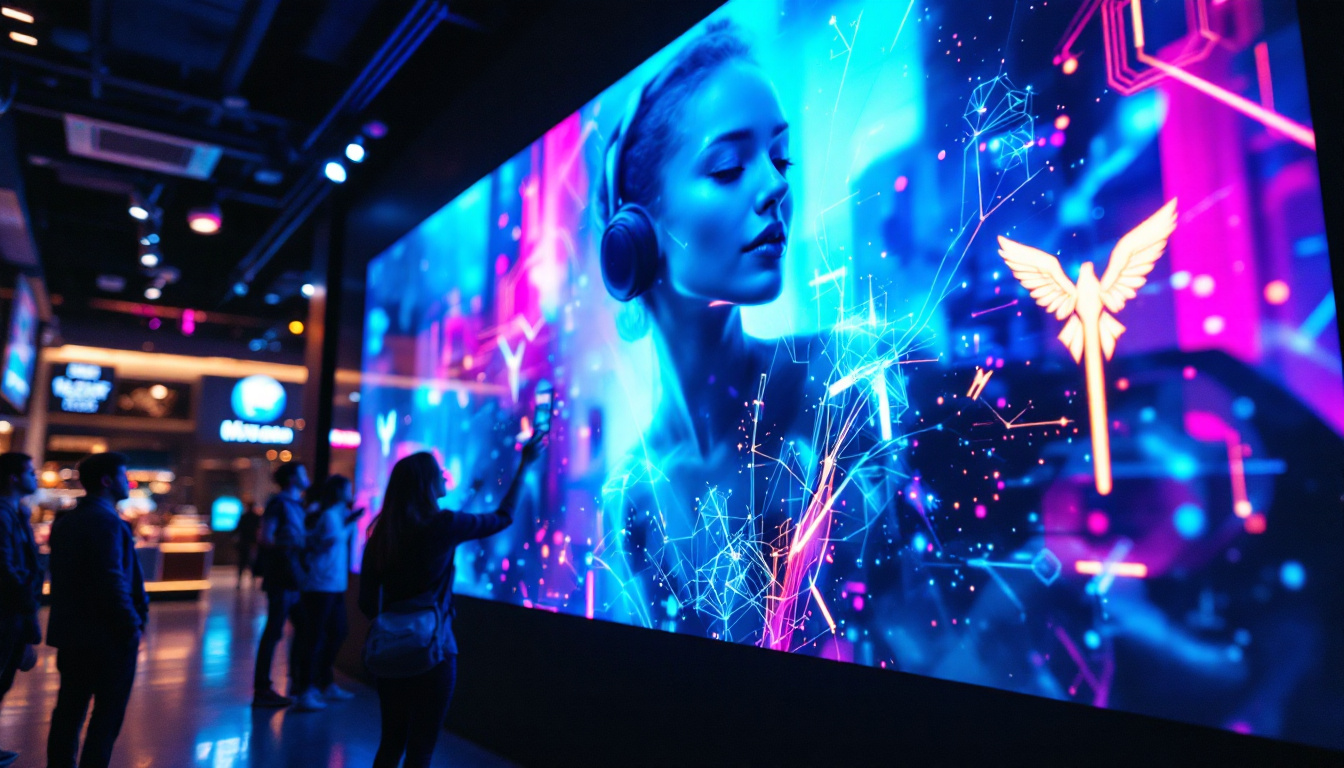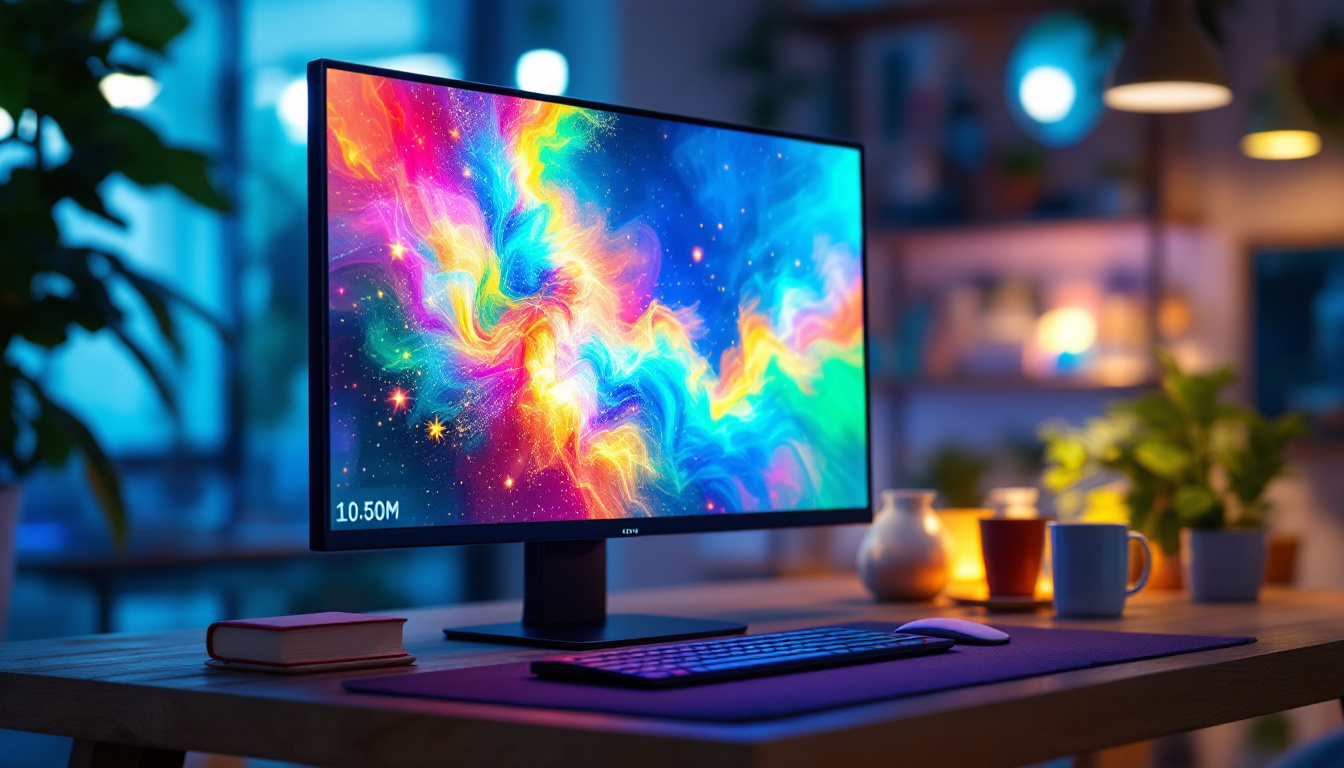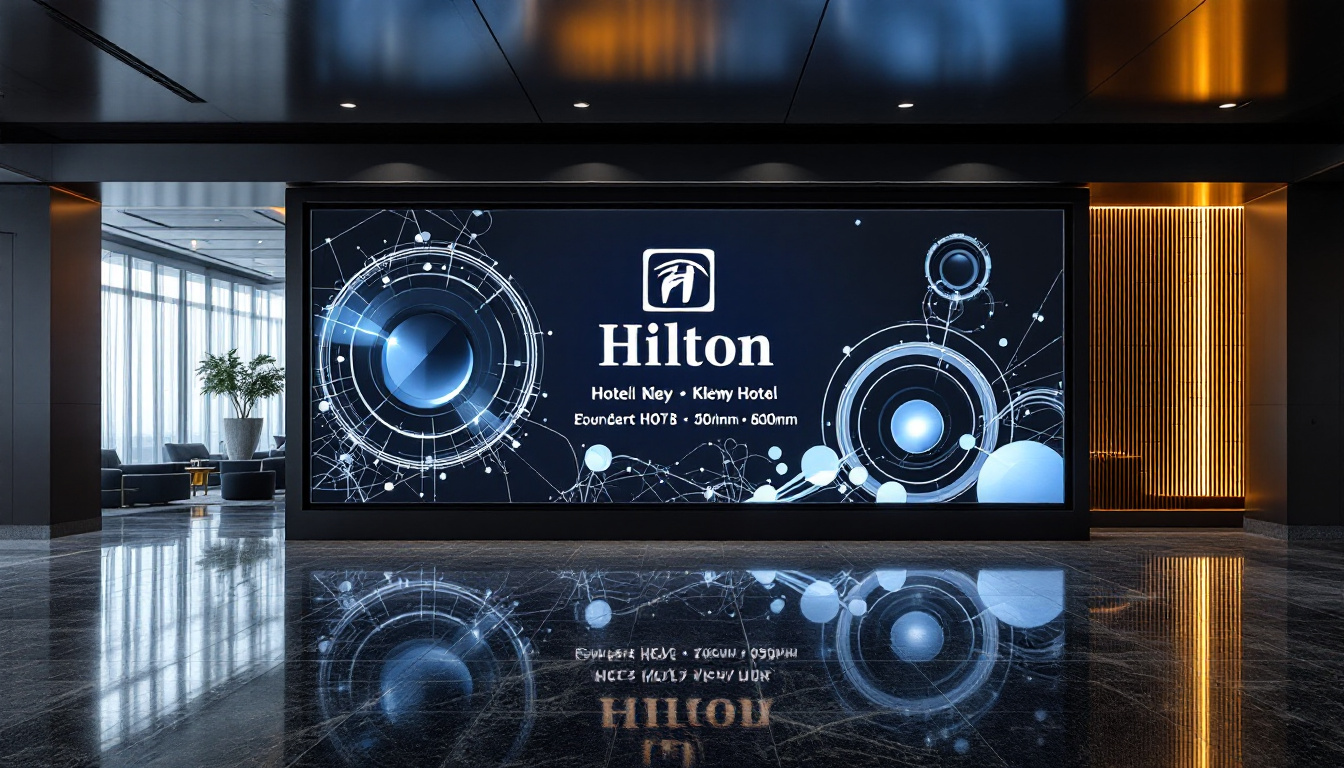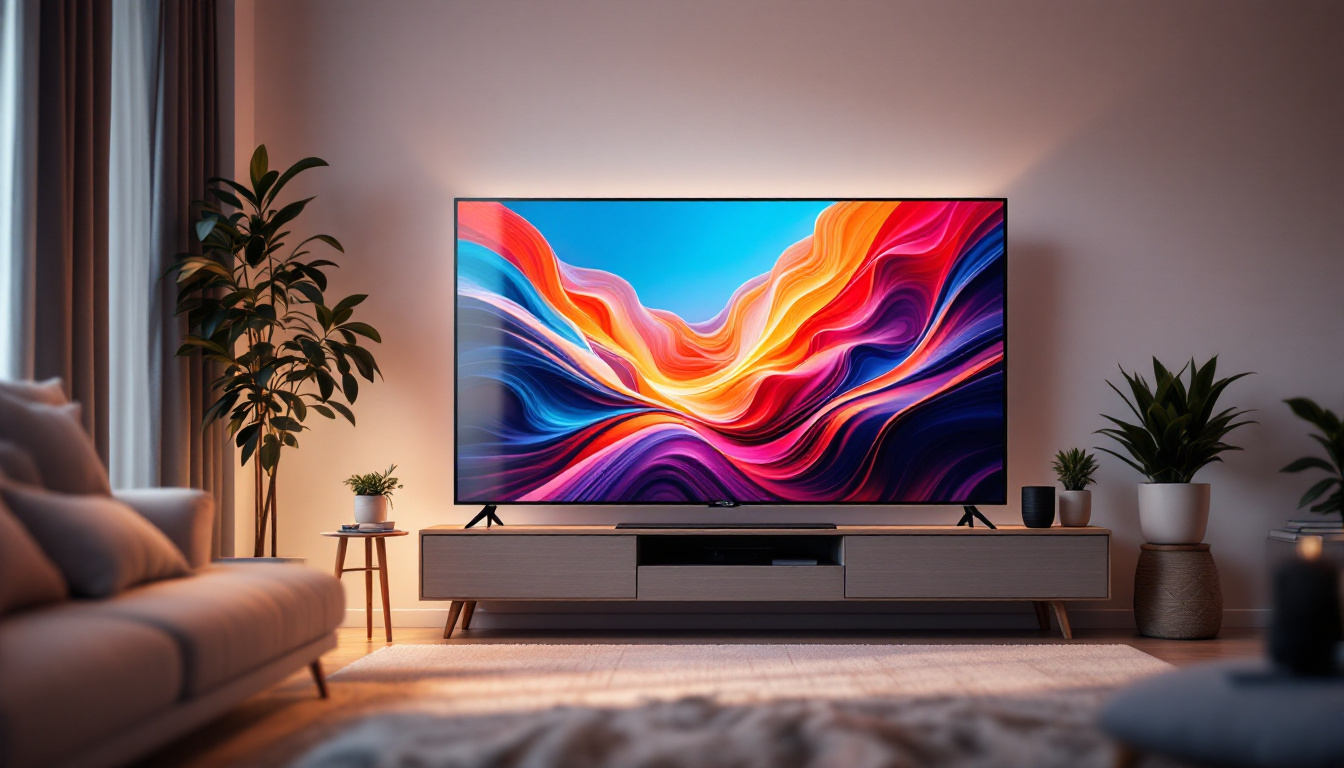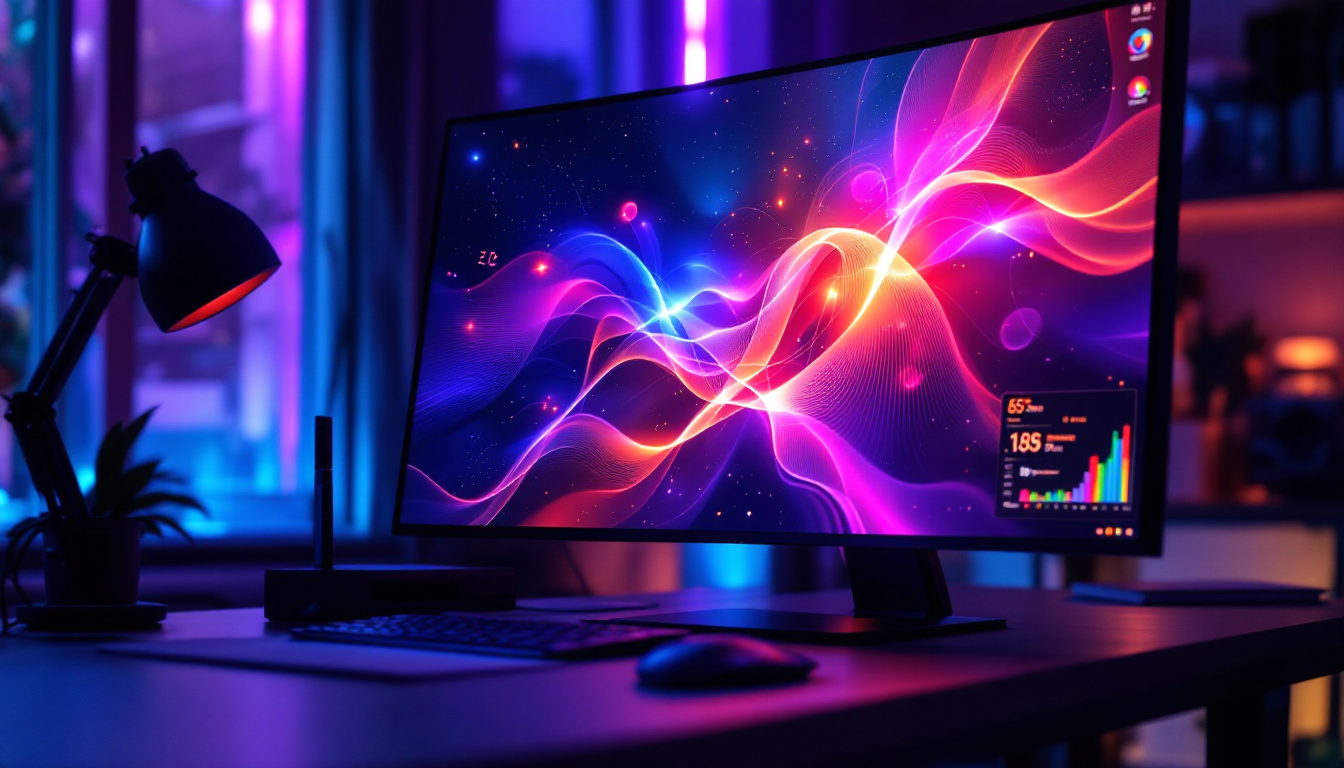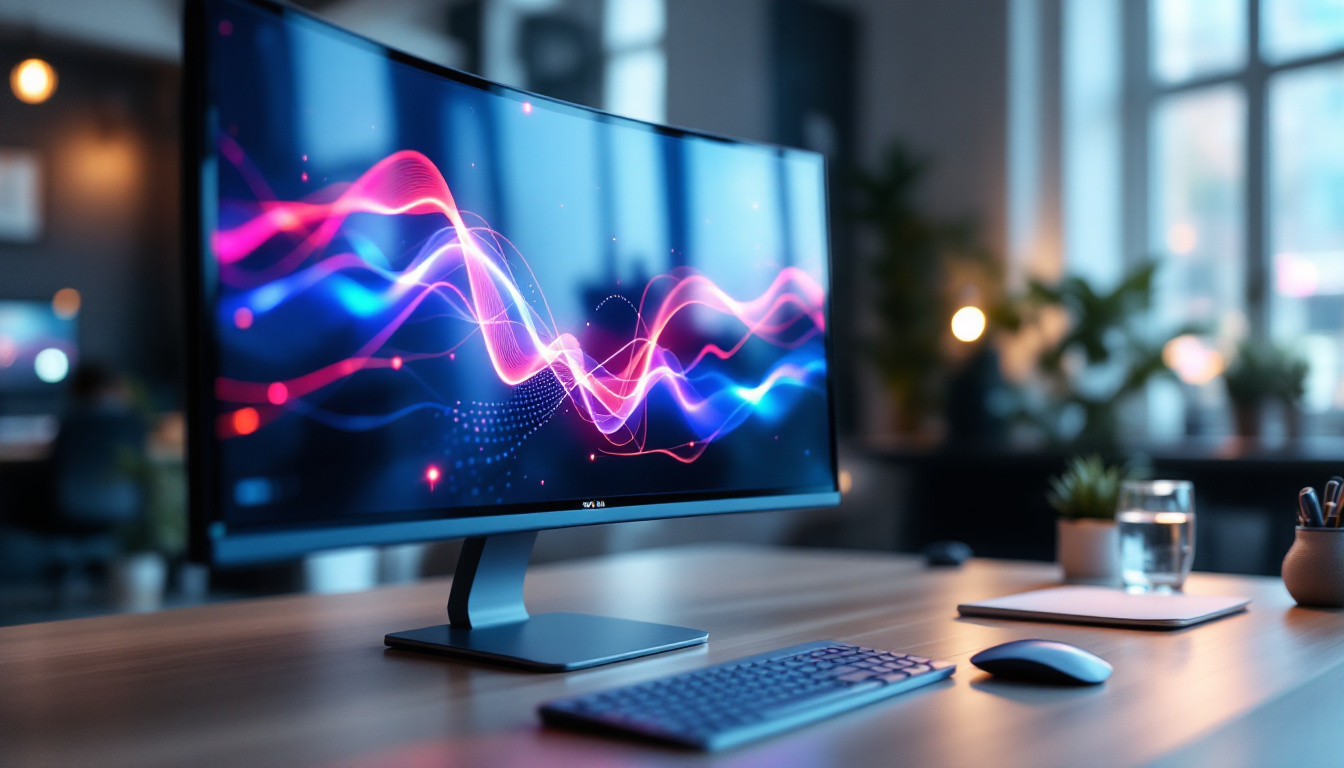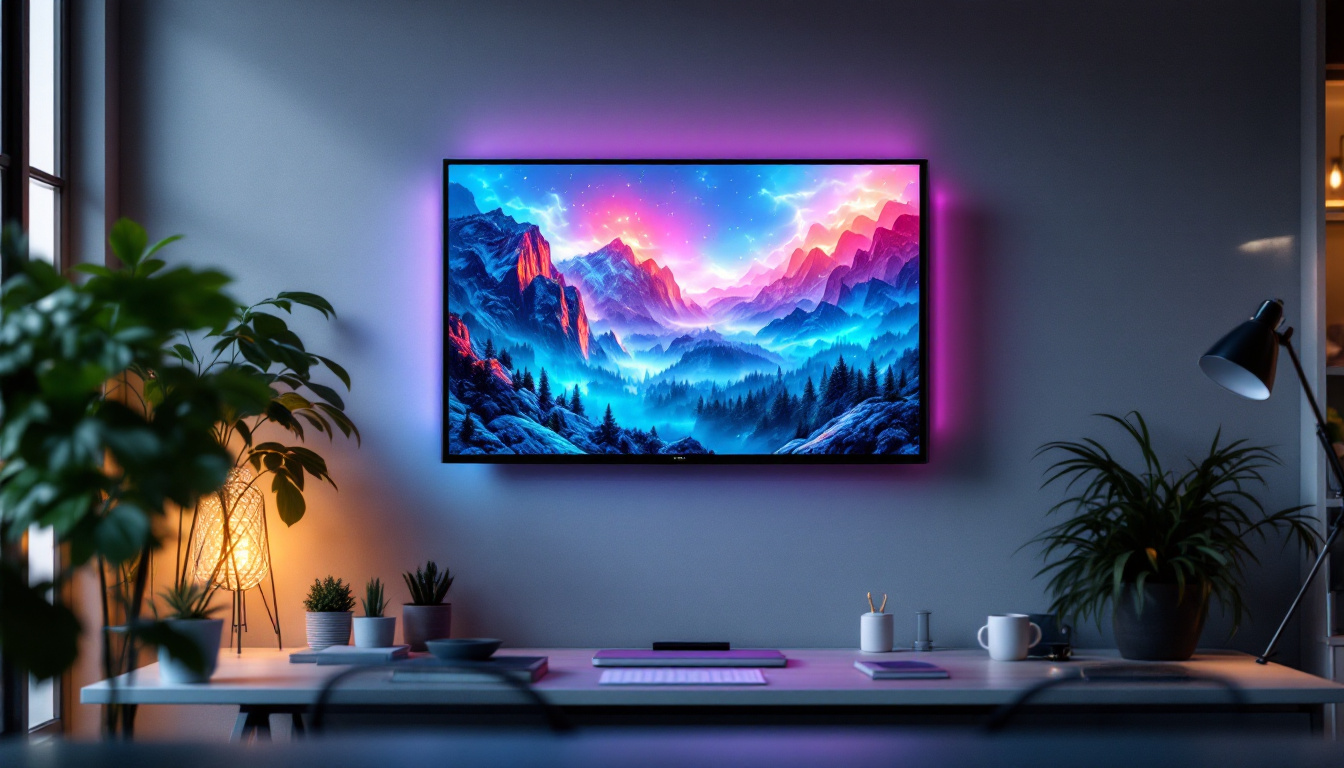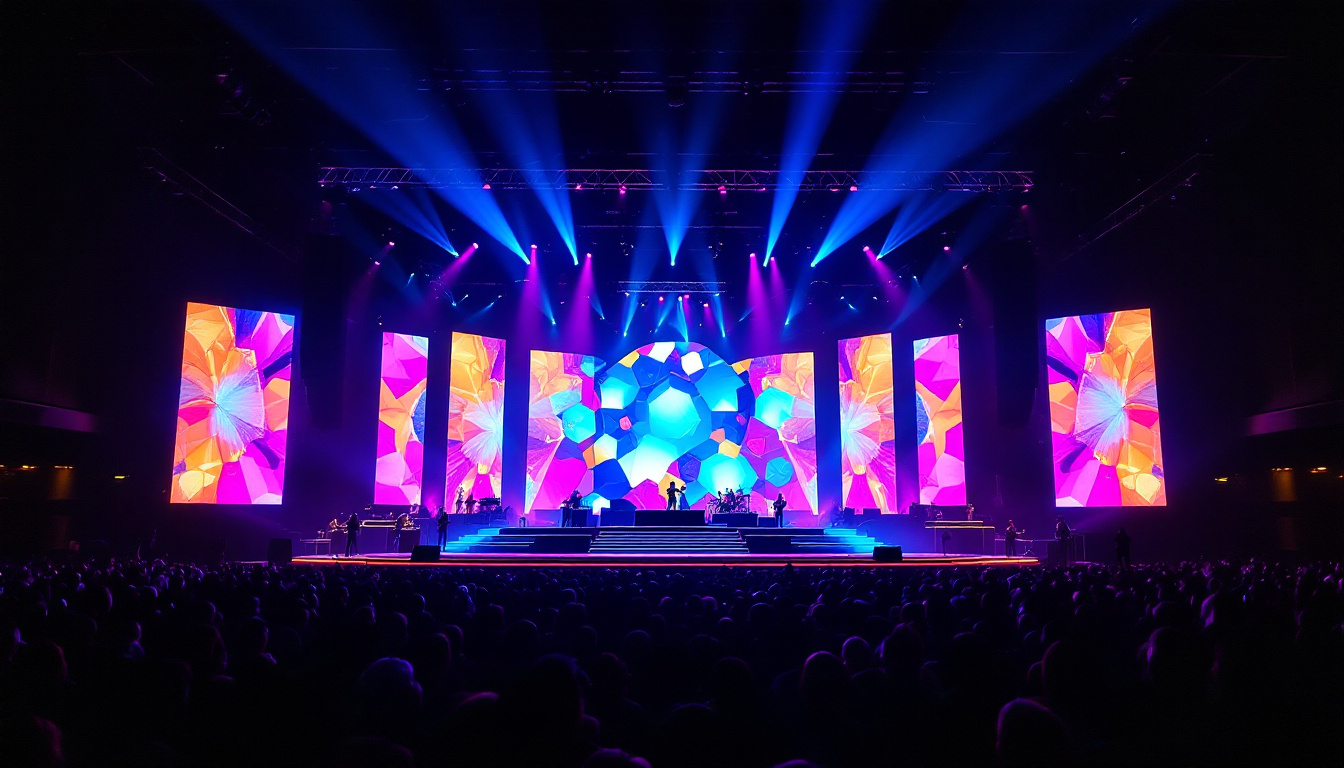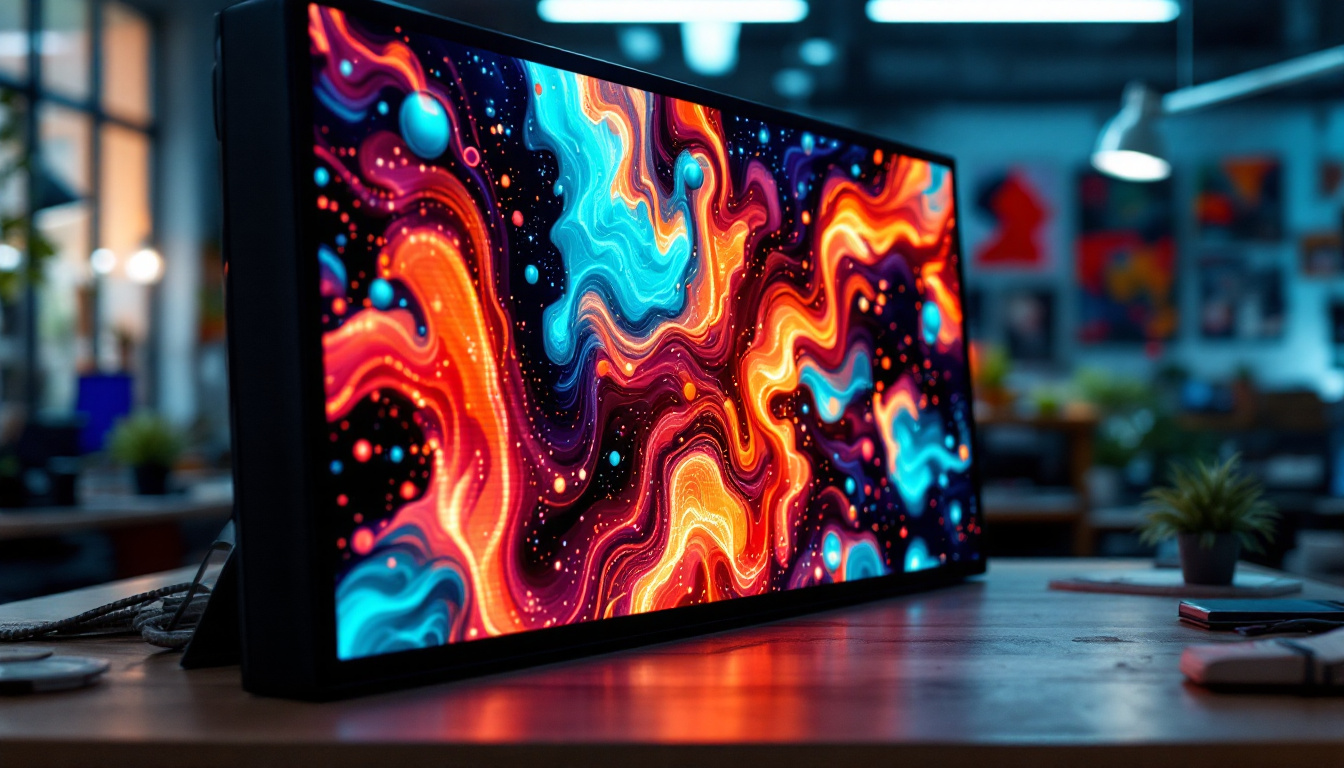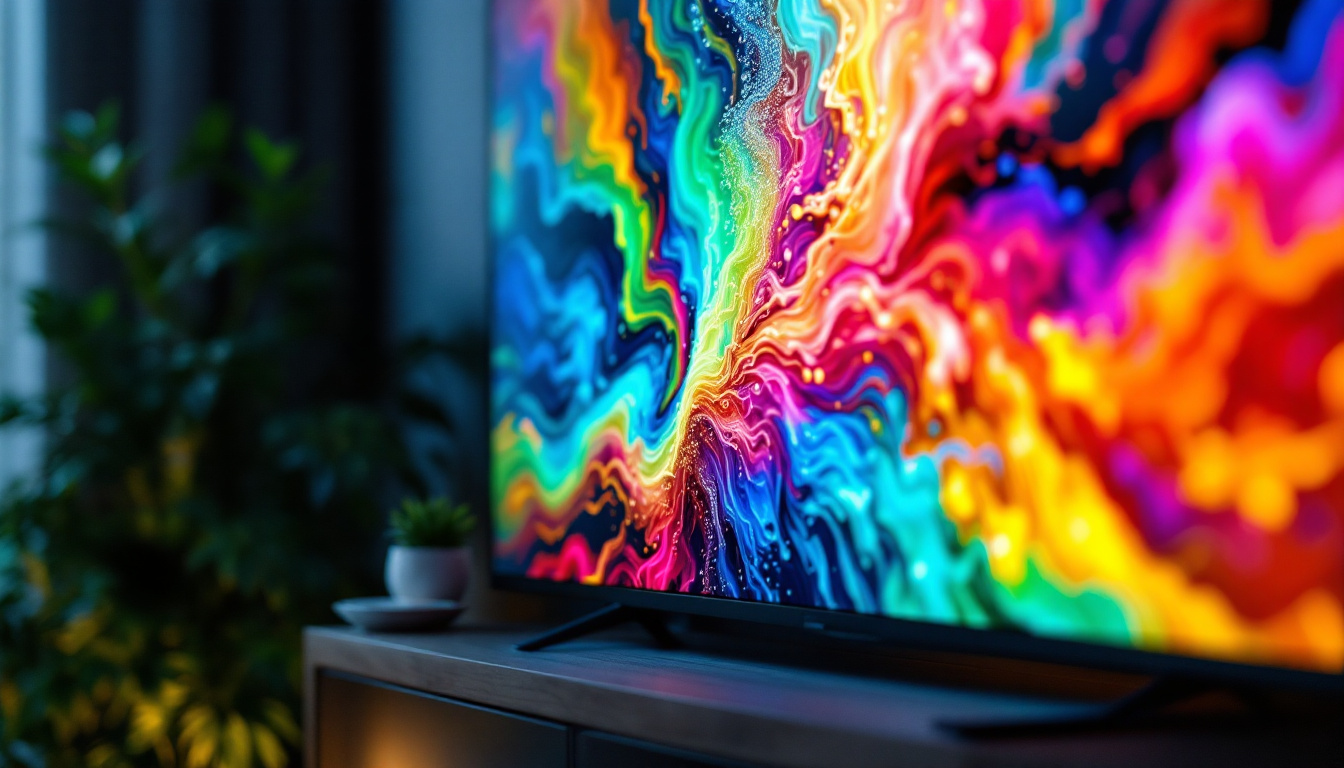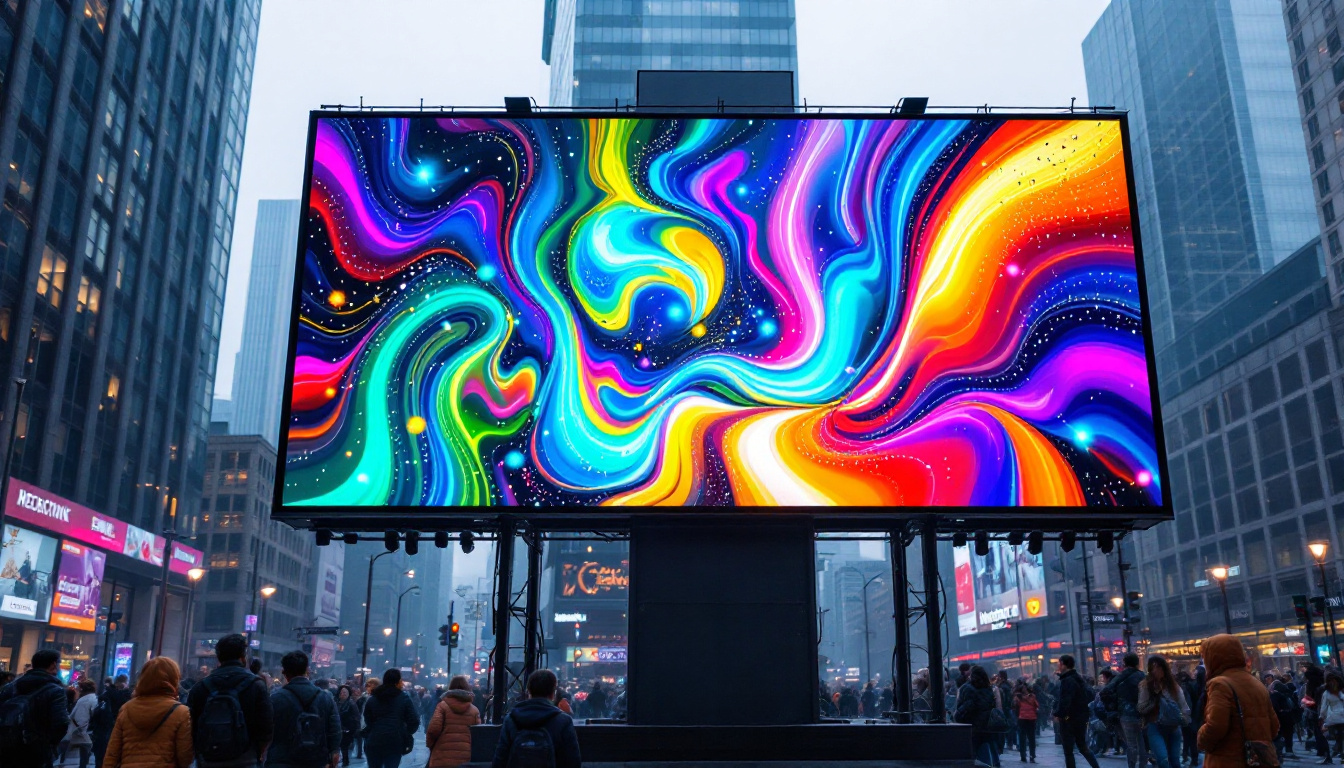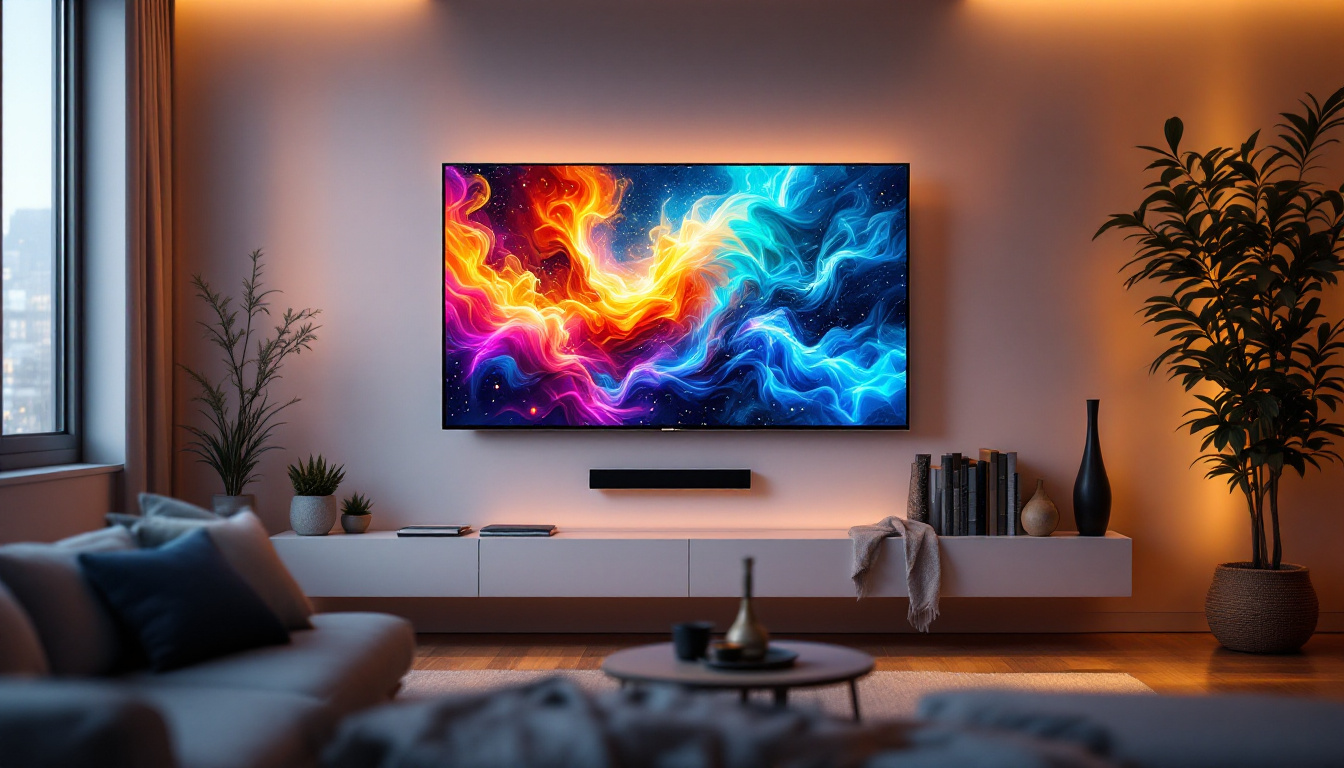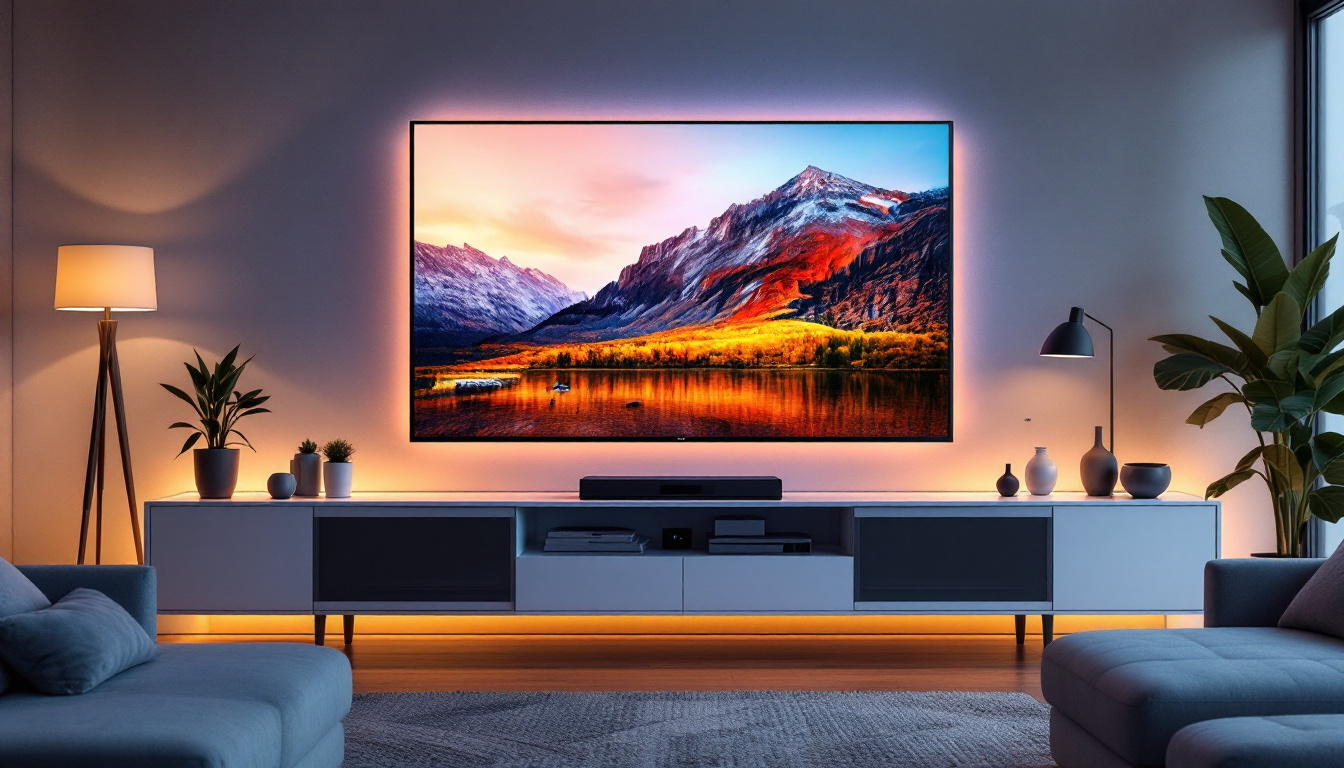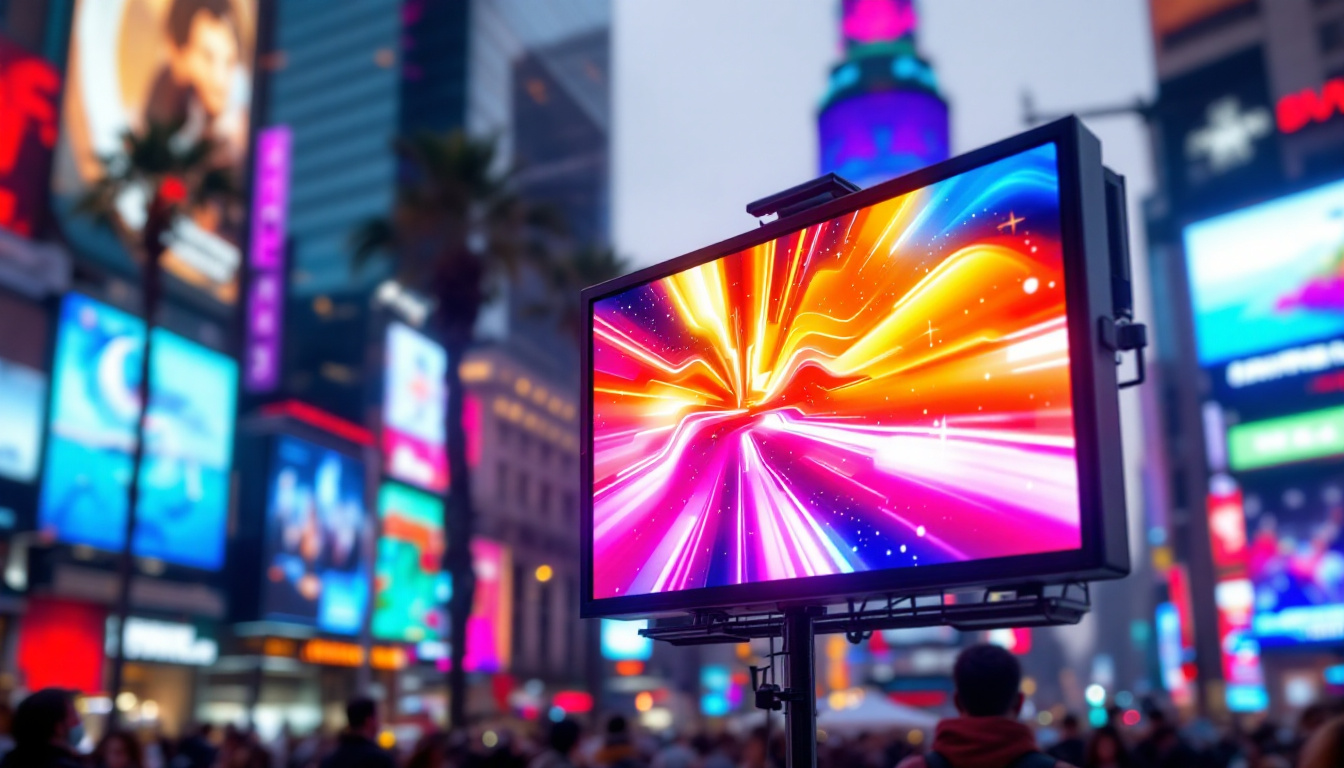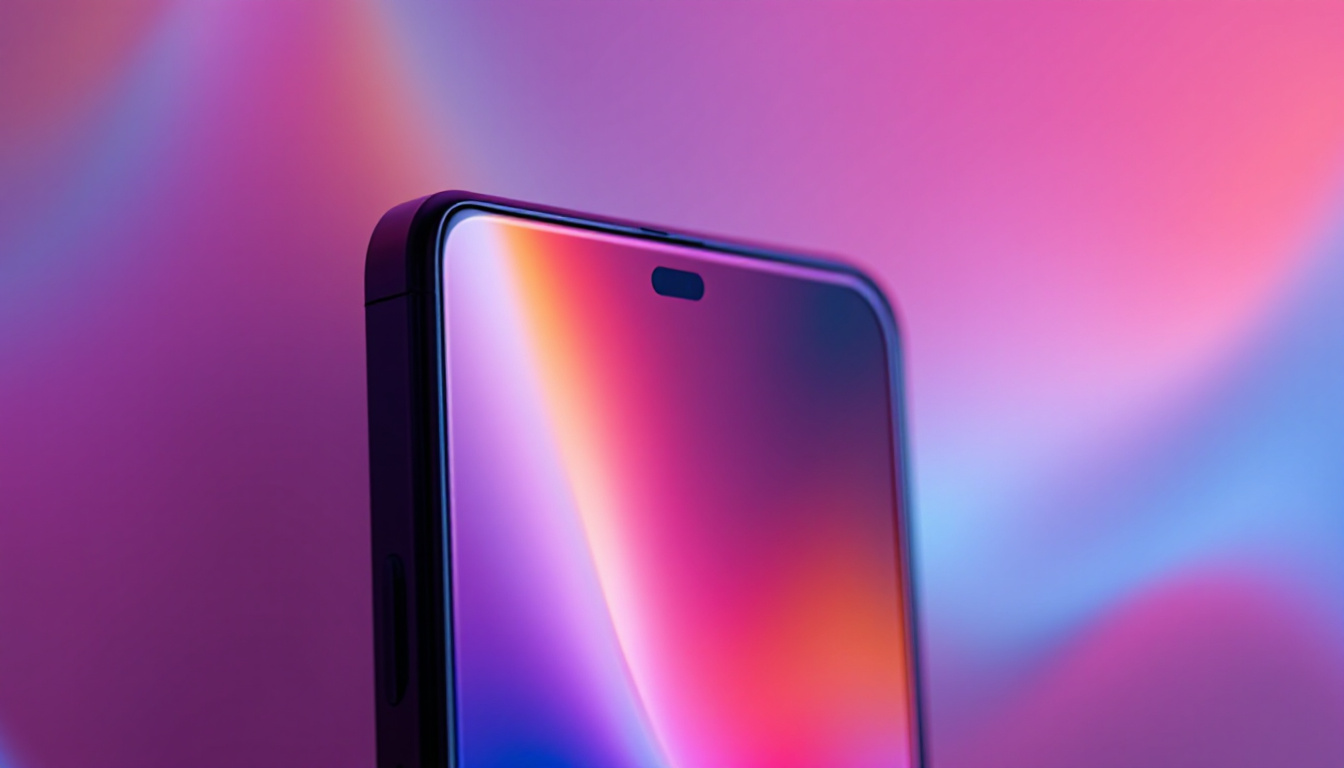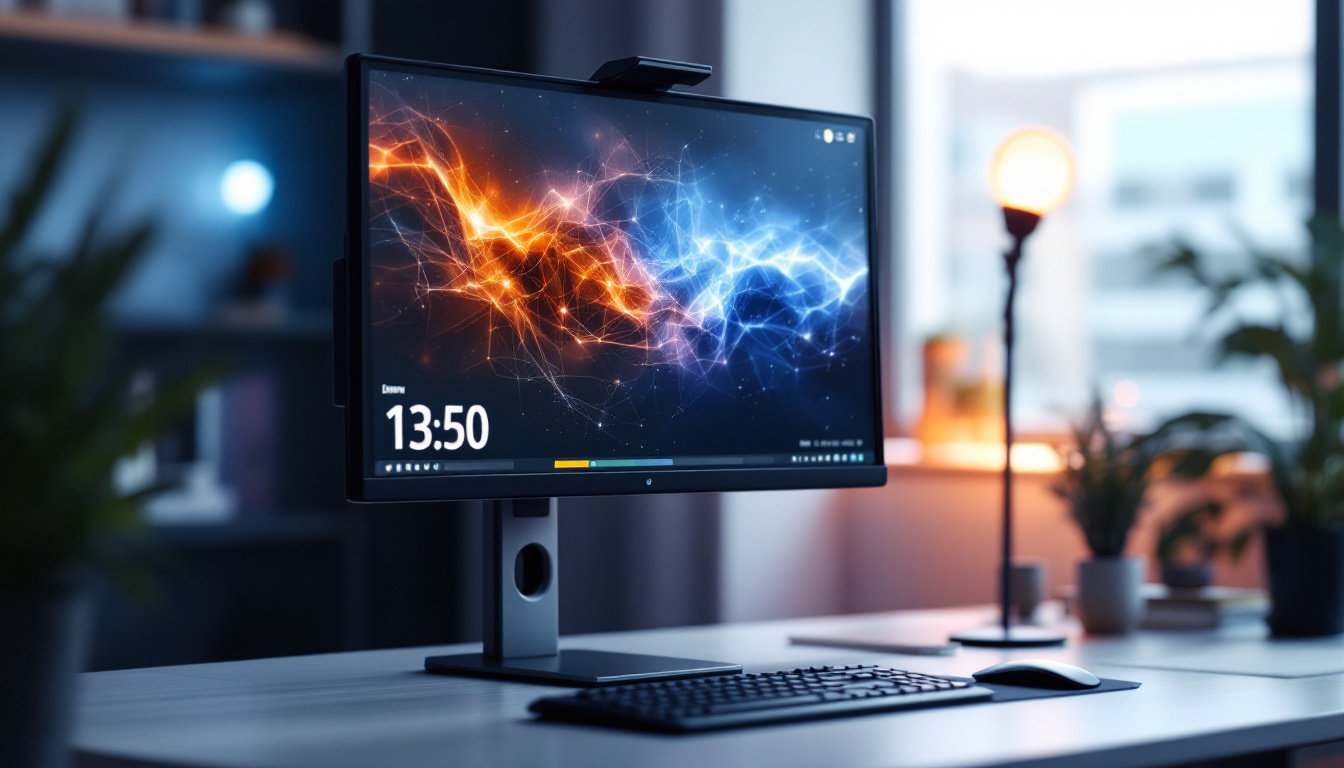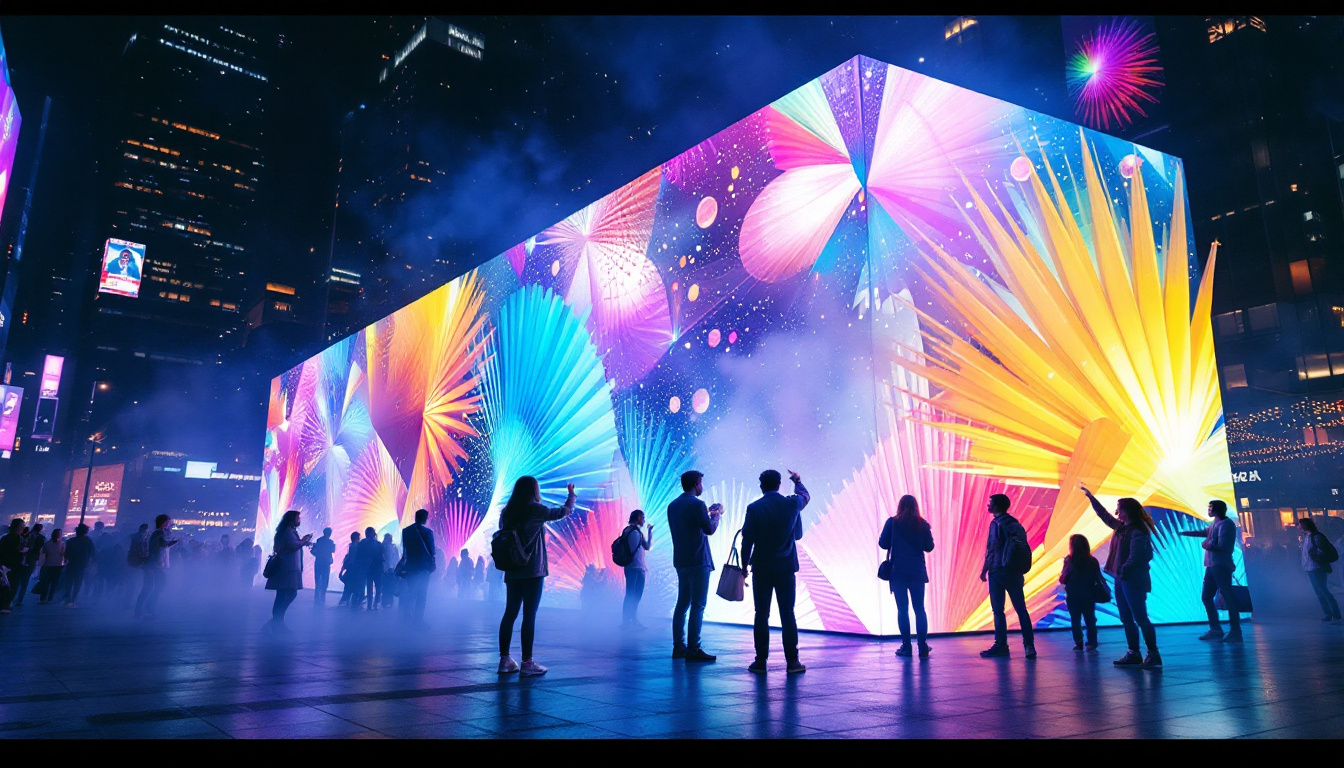In an age where technology intertwines seamlessly with our daily lives, indoor privacy panels equipped with LED displays have emerged as innovative solutions for both commercial and residential spaces. These panels not only serve the practical purpose of providing privacy but also enhance the aesthetic appeal of environments. This article delves into the intricacies of indoor privacy panels with LED displays, exploring their functionality, benefits, and the technology that drives them.
Understanding Indoor Privacy Panels
Indoor privacy panels are versatile installations designed to create separation within spaces without the need for traditional walls. They can be particularly useful in offices, conference rooms, and even homes where open floor plans are prevalent. The integration of LED displays into these panels adds a layer of sophistication and functionality, allowing for dynamic visual communication. With the rise of remote work and flexible office environments, these panels have become essential tools for maintaining productivity while ensuring personal space and comfort.
What Are Indoor Privacy Panels?
Indoor privacy panels can be defined as movable or fixed partitions that provide visual and acoustic privacy. They can be made from various materials, including glass, fabric, and acrylic. The addition of LED technology transforms these panels from mere dividers into interactive displays, capable of showcasing information, art, or branding elements. This multifunctionality not only enhances the aesthetic appeal of a space but also serves practical purposes, such as facilitating presentations or displaying important announcements in a corporate setting.
Types of Indoor Privacy Panels
There are several types of indoor privacy panels available on the market, each designed to cater to specific needs and environments. Some common types include:
- Frosted Glass Panels: These panels provide a sleek, modern look while diffusing light, ensuring privacy without completely blocking visibility. They are particularly popular in contemporary office designs, where maintaining an open feel is essential.
- Fabric Panels: Often used in office settings, these panels can absorb sound and add warmth to a space. They can also be printed with custom designs or logos, making them ideal for branding purposes. Additionally, fabric panels can come in various colors and textures, allowing for personalization that aligns with the overall decor.
- digital displays: These panels incorporate LED technology, allowing for the display of images, videos, and information in real-time. They are perfect for environments that require constant updates, such as retail spaces or event venues, where engaging visuals can enhance customer experience.
Moreover, the versatility of indoor privacy panels extends beyond just functionality; they can also contribute to the overall design aesthetic of a room. For instance, custom-designed panels can act as focal points in a space, drawing attention while serving practical purposes. The ability to mix and match materials and designs means that these panels can be tailored to fit various styles, from minimalist to eclectic. As sustainability becomes increasingly important in design, many manufacturers are now offering eco-friendly options, such as panels made from recycled materials or those that utilize energy-efficient LED technology.
In addition to their aesthetic and functional benefits, indoor privacy panels can also promote well-being in the workplace. By providing employees with personal space, these panels can help reduce distractions and increase focus, leading to improved productivity. Furthermore, they can be strategically placed to create quiet zones or collaborative areas, catering to different working styles and preferences. As organizations continue to adapt to the evolving landscape of work, the demand for innovative solutions like indoor privacy panels is likely to grow, making them a staple in modern design.
The Role of LED Technology
LED technology is at the heart of modern indoor privacy panels, enabling a range of functionalities that enhance user experience. The use of LED displays allows these panels to serve multiple purposes, transforming them from simple dividers into dynamic communication tools.
How LED Displays Work
LED displays work by using light-emitting diodes to produce images and videos. The technology can be applied in various configurations, including full-color displays, monochrome screens, and even interactive touch panels. The versatility of LED technology allows for customization, enabling users to tailor the content displayed according to their needs.
Benefits of LED Displays in Privacy Panels
The integration of LED displays into indoor privacy panels offers numerous benefits:
- Enhanced Communication: LED displays can convey important messages, schedules, or branding elements, making them ideal for corporate environments.
- Dynamic Content: The ability to change content in real time allows for flexibility in messaging, whether it’s for advertising, information sharing, or artistic expression.
- Energy Efficiency: LED technology is known for its low energy consumption compared to traditional display technologies, making it a sustainable choice.
Applications of Indoor Privacy Panels with LED Displays
The applications of indoor privacy panels with LED displays are vast and varied. They can be employed in numerous settings, each benefiting from the unique combination of privacy and visual communication.
Corporate Environments
In corporate settings, indoor privacy panels with LED displays can be used in open office layouts to create designated areas for meetings, brainstorming sessions, or quiet workspaces. The panels can display company branding, motivational quotes, or important announcements, fostering a cohesive work environment.
Healthcare Facilities
Healthcare facilities can utilize these panels to create private spaces for consultations or patient interactions. The LED displays can provide essential information, such as health tips or hospital policies, while maintaining a calming atmosphere.
Retail Spaces
In retail environments, indoor privacy panels can help define different sections of a store while displaying promotional content. This not only enhances the shopping experience but also helps in guiding customers through the space.
Design Considerations for Indoor Privacy Panels
When selecting or designing indoor privacy panels with LED displays, several factors should be taken into account to ensure they meet the desired aesthetic and functional requirements.
Material Selection
The choice of materials for the panels can significantly impact their appearance and functionality. Glass panels offer a modern look but may require more maintenance, while fabric panels can provide warmth and sound absorption. The material should align with the overall design theme of the space.
Size and Configuration
Determining the appropriate size and configuration of the privacy panels is crucial. They should be tall enough to provide adequate privacy but not so imposing that they disrupt the flow of the space. Modular designs can offer flexibility, allowing for reconfiguration as needs change.
Integration with Existing Technology
For maximum effectiveness, indoor privacy panels with LED displays should be integrated with existing technology systems. This includes compatibility with digital signage software, content management systems, and network infrastructure. Ensuring seamless integration can enhance the overall user experience.
Challenges and Solutions
While indoor privacy panels with LED displays offer numerous advantages, there are also challenges that come with their implementation. Understanding these challenges and exploring potential solutions can lead to successful installations.
Cost Considerations
The initial investment in indoor privacy panels with LED displays can be significant. However, the long-term benefits, such as increased efficiency and improved communication, often outweigh the upfront costs. Budgeting for maintenance and updates is also essential to ensure the longevity of the panels.
Technical Issues
Technical issues can arise, particularly with the LED displays. Regular maintenance and updates are crucial to prevent downtime. Partnering with reliable vendors who offer support and warranty services can mitigate these risks.
Design Limitations
Design limitations may occur when attempting to integrate privacy panels into existing spaces. Collaborating with experienced designers can help navigate these challenges, ensuring that the panels enhance rather than detract from the overall aesthetic.
The Future of Indoor Privacy Panels
The future of indoor privacy panels with LED displays looks promising, with advancements in technology paving the way for even more innovative solutions. As smart buildings and IoT (Internet of Things) technologies continue to evolve, the integration of these panels into a broader digital ecosystem will become increasingly feasible.
Smart Integration
Smart integration will allow indoor privacy panels to interact with other systems within a building, such as lighting, HVAC, and security. This synergy can lead to enhanced user experiences, improved energy efficiency, and better overall management of the space.
Customization and Personalization
As technology advances, the ability to customize and personalize content on LED displays will become more sophisticated. Users will have the capability to tailor messages based on audience demographics, time of day, or even current events, making the panels more relevant and engaging.
Sustainability Trends
With a growing emphasis on sustainability, future designs of indoor privacy panels will likely focus on eco-friendly materials and energy-efficient technologies. Innovations in LED technology, such as organic LEDs (OLEDs), may also play a role in creating more sustainable solutions.
Conclusion
Indoor privacy panels with LED displays represent a significant advancement in the way spaces are designed and utilized. They offer a unique blend of privacy and communication, catering to the evolving needs of modern environments. As technology continues to advance, these panels will undoubtedly become more integrated, customizable, and sustainable, paving the way for a future where privacy and connectivity coexist harmoniously.
Incorporating indoor privacy panels with LED displays into various settings not only enhances functionality but also elevates the overall aesthetic appeal. As industries continue to recognize the benefits of these innovative solutions, the demand for such technology is likely to grow, shaping the future of interior design and spatial organization.
Discover LumenMatrix LED Display Solutions
Ready to transform your space with the perfect blend of privacy and visual appeal? Explore LumenMatrix’s innovative LED display solutions tailored to your needs. From captivating Indoor LED Wall Displays to versatile Outdoor LED Wall Displays and beyond, LumenMatrix is at the forefront of creating immersive environments that resonate with audiences. Elevate your brand and create dynamic visual experiences with our cutting-edge technology. Check out LumenMatrix LED Display Solutions today and step into the future of visual communication.

